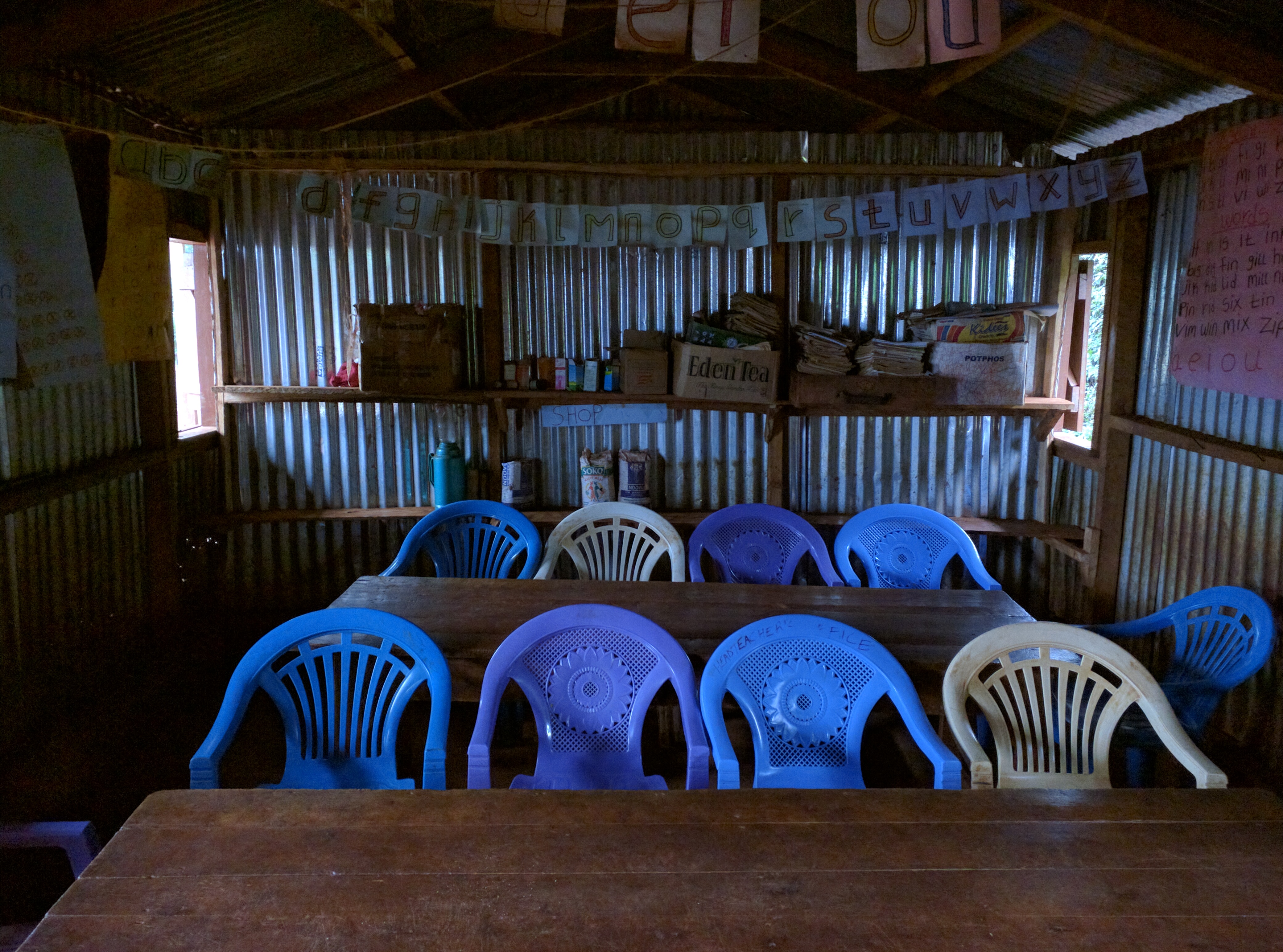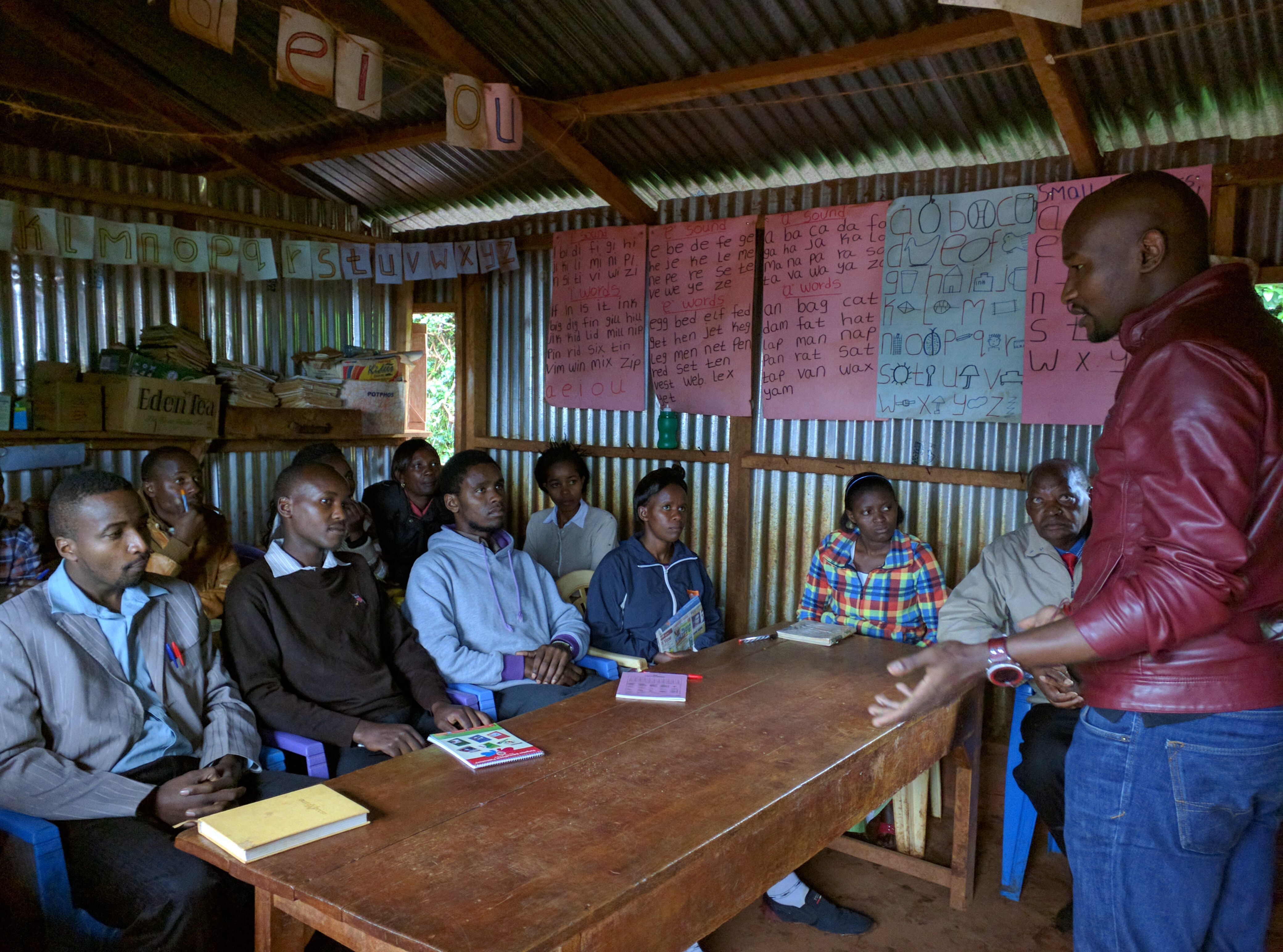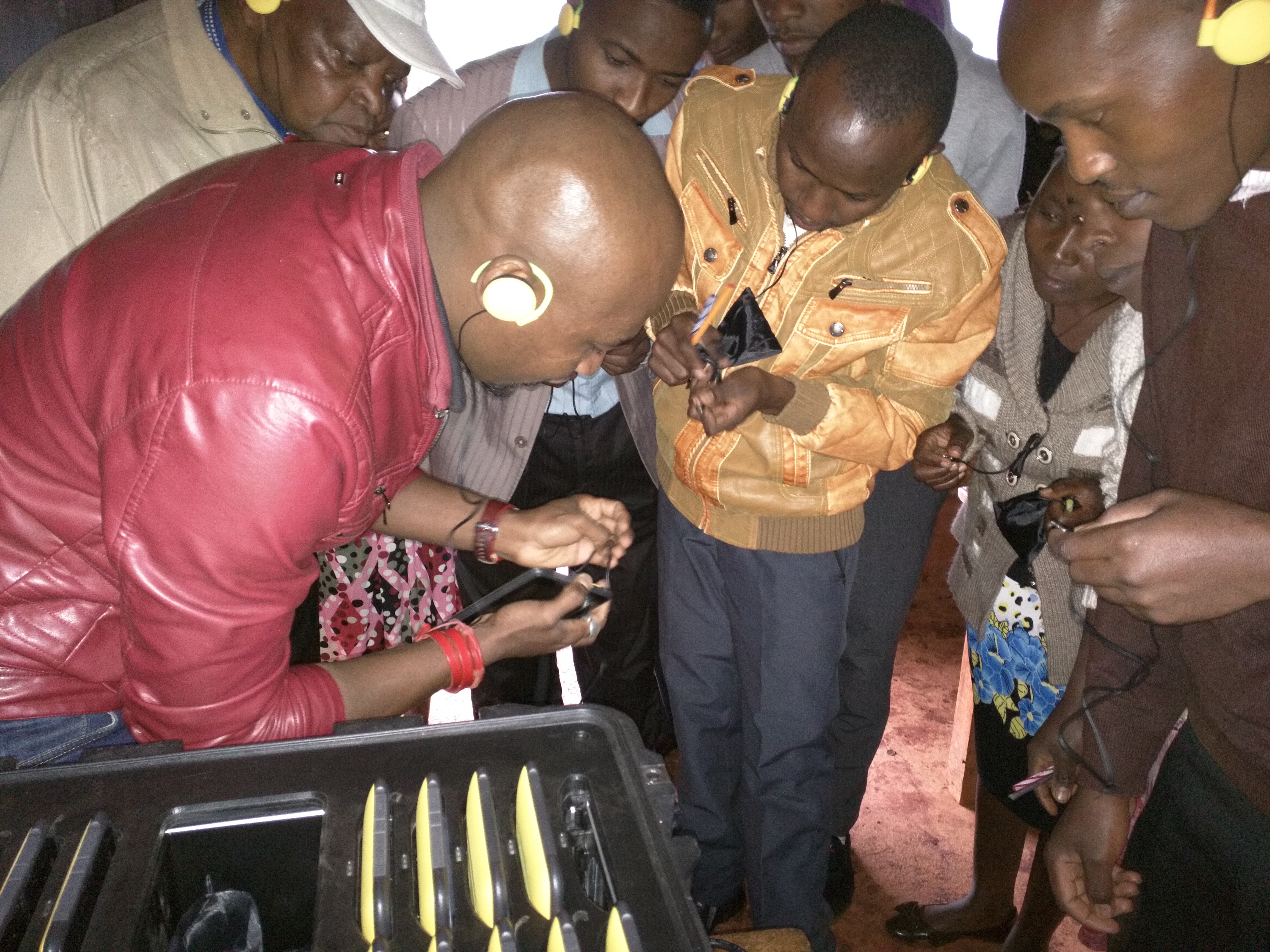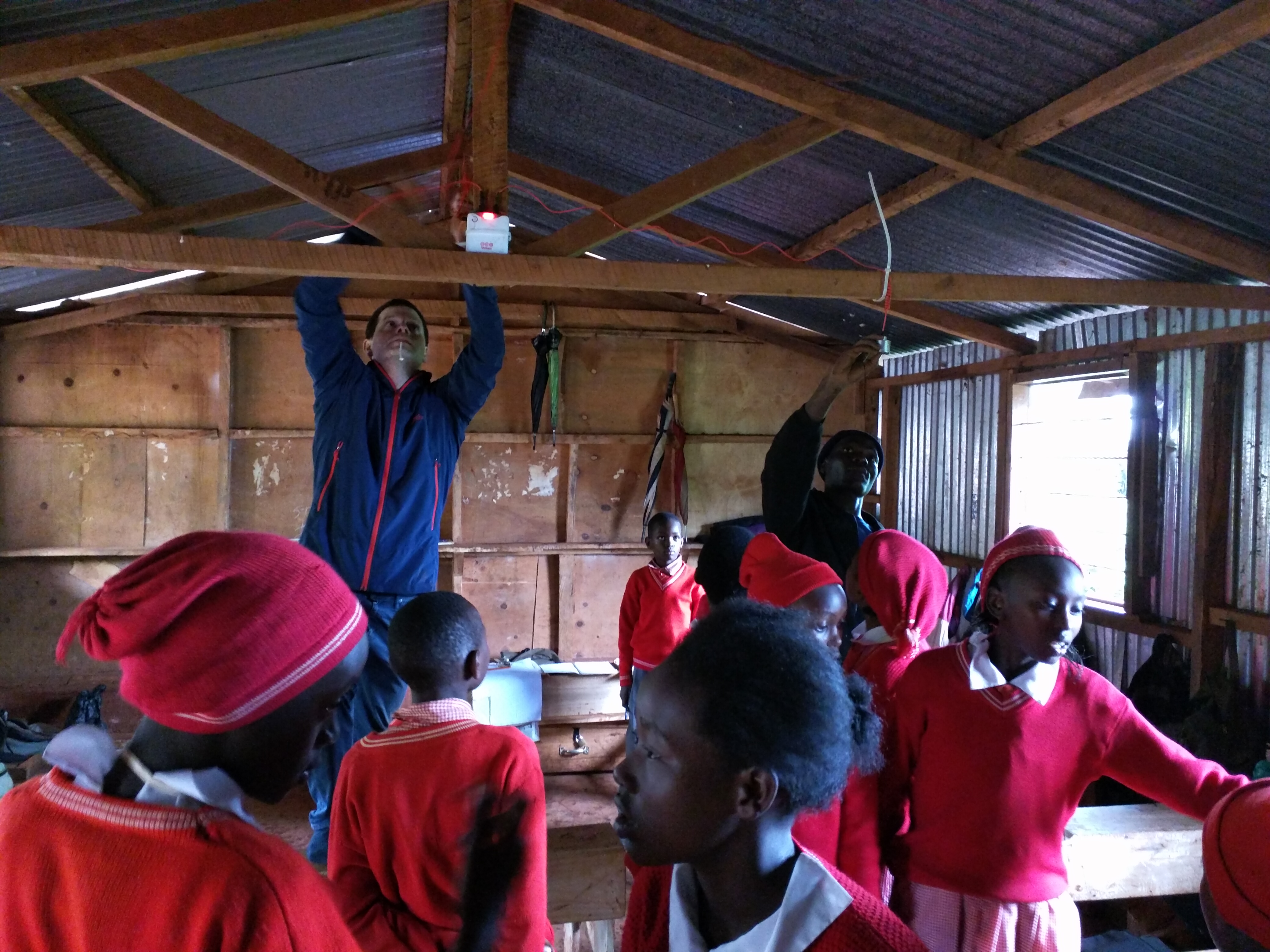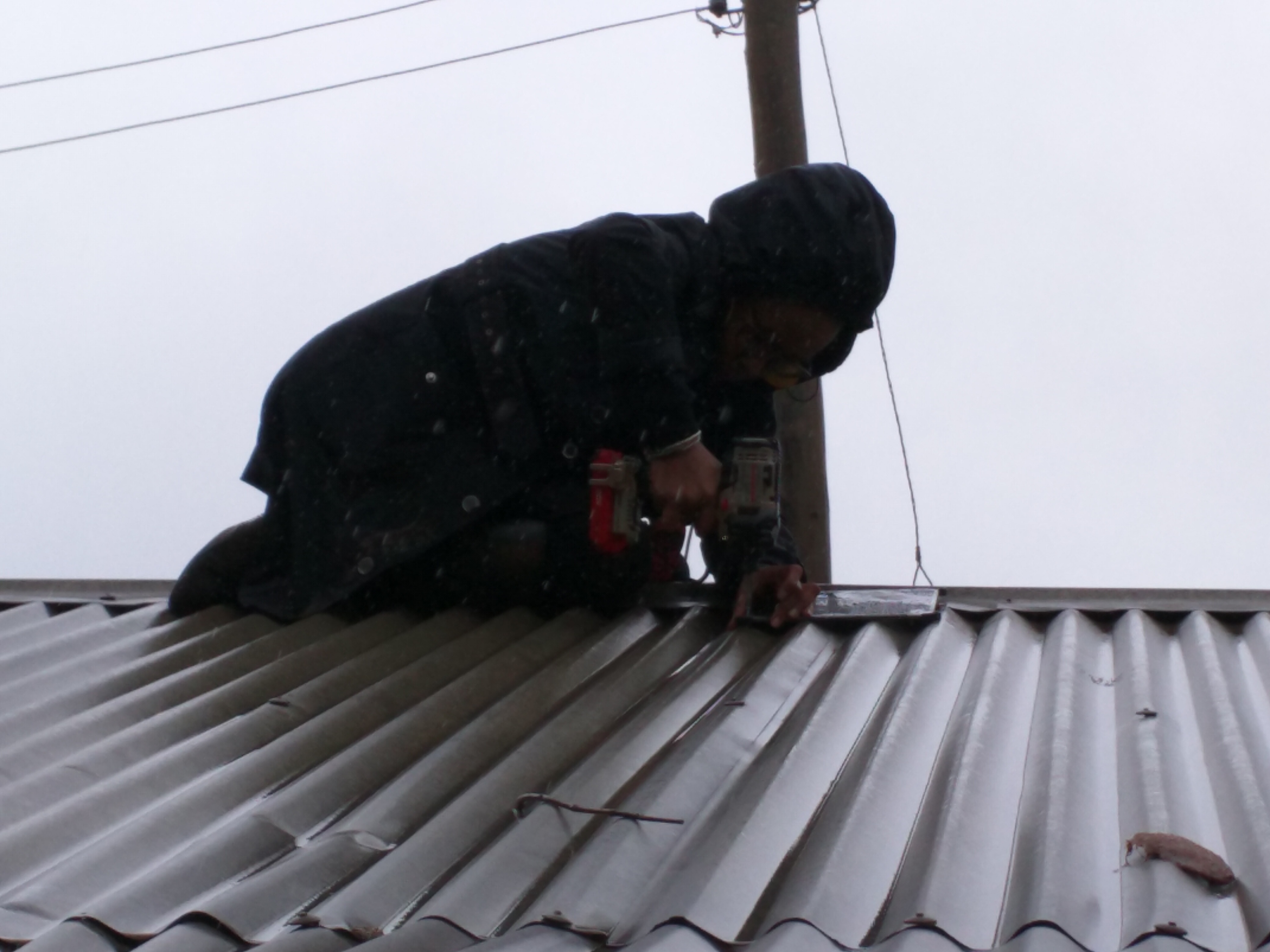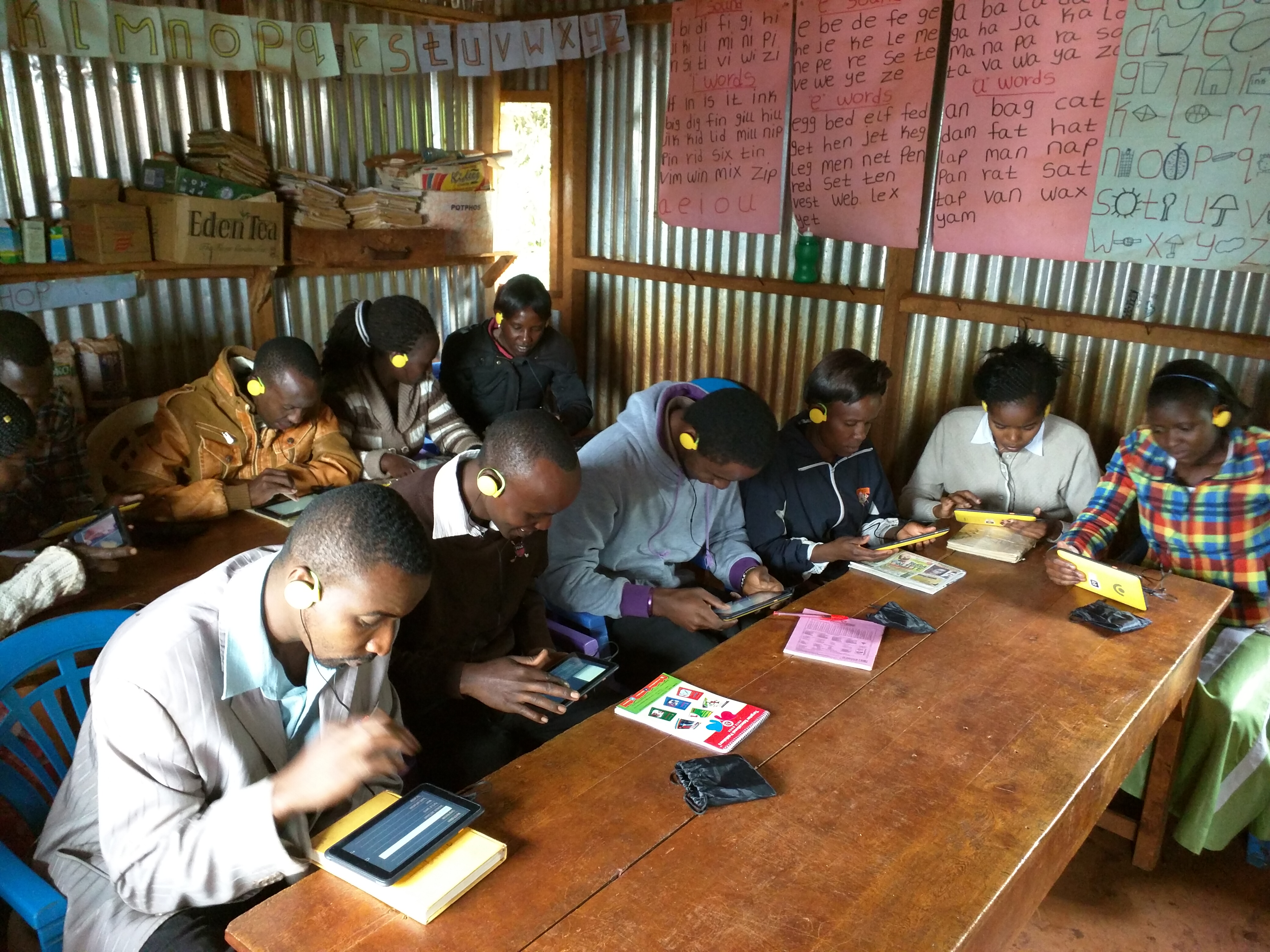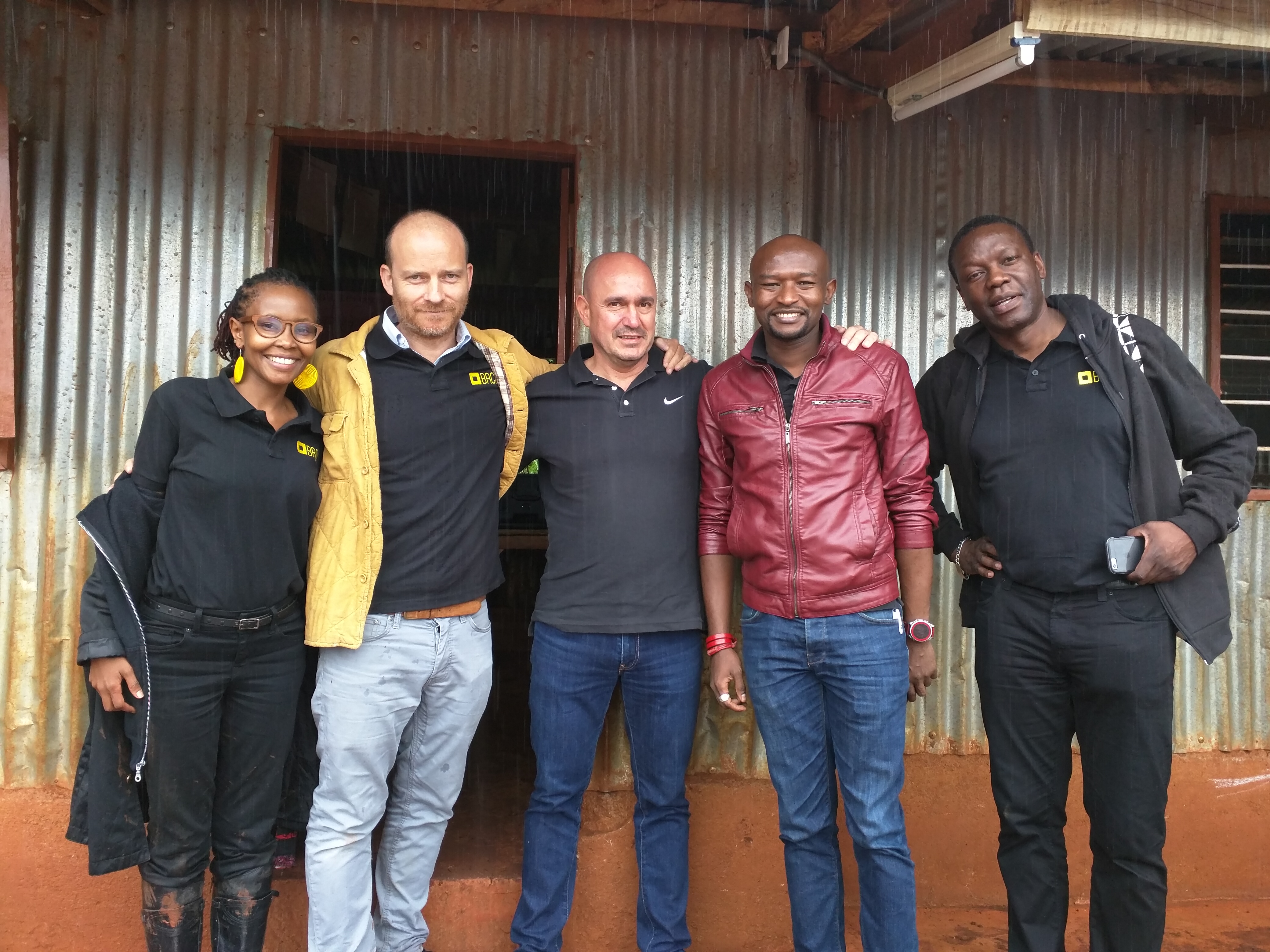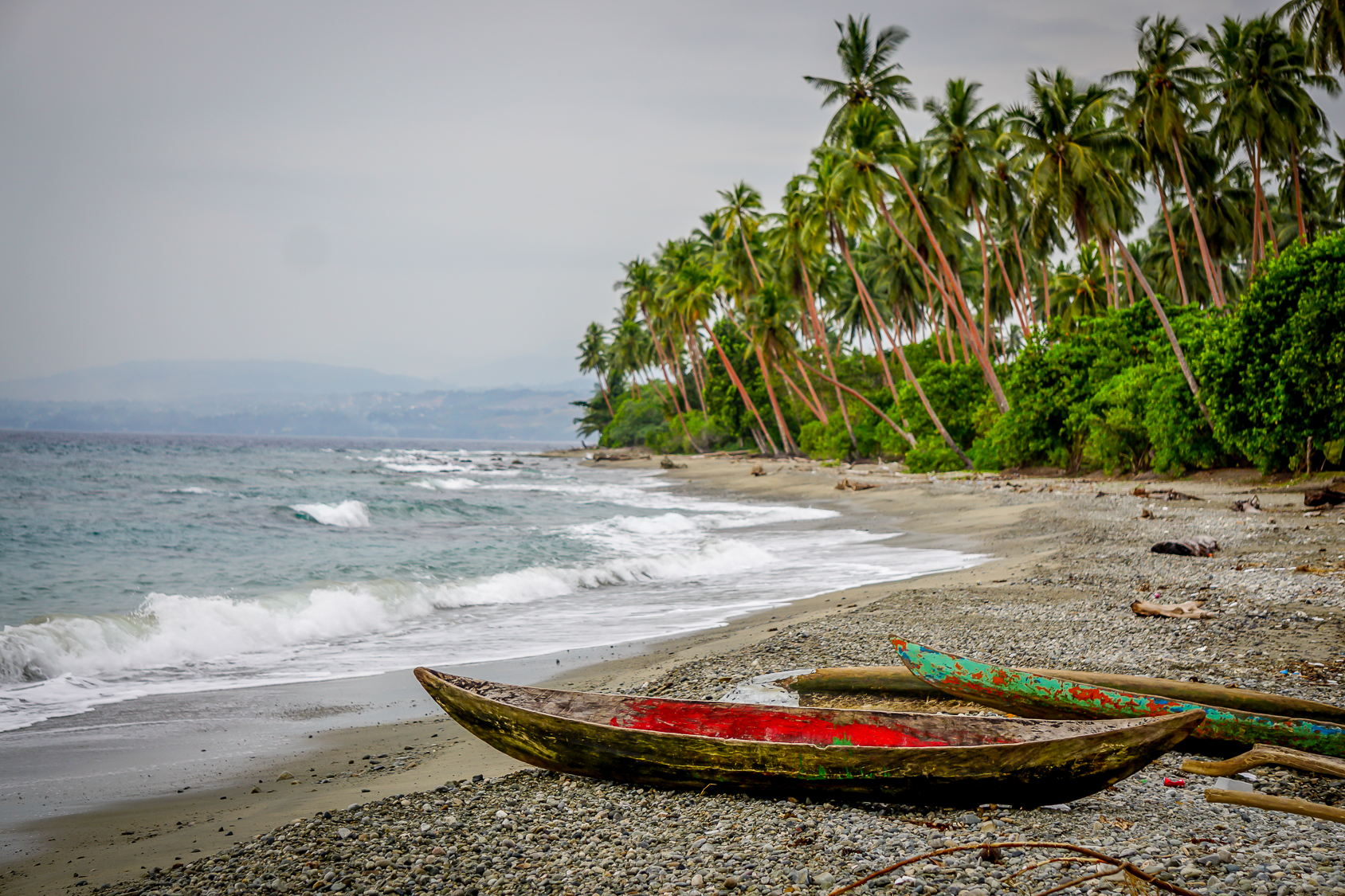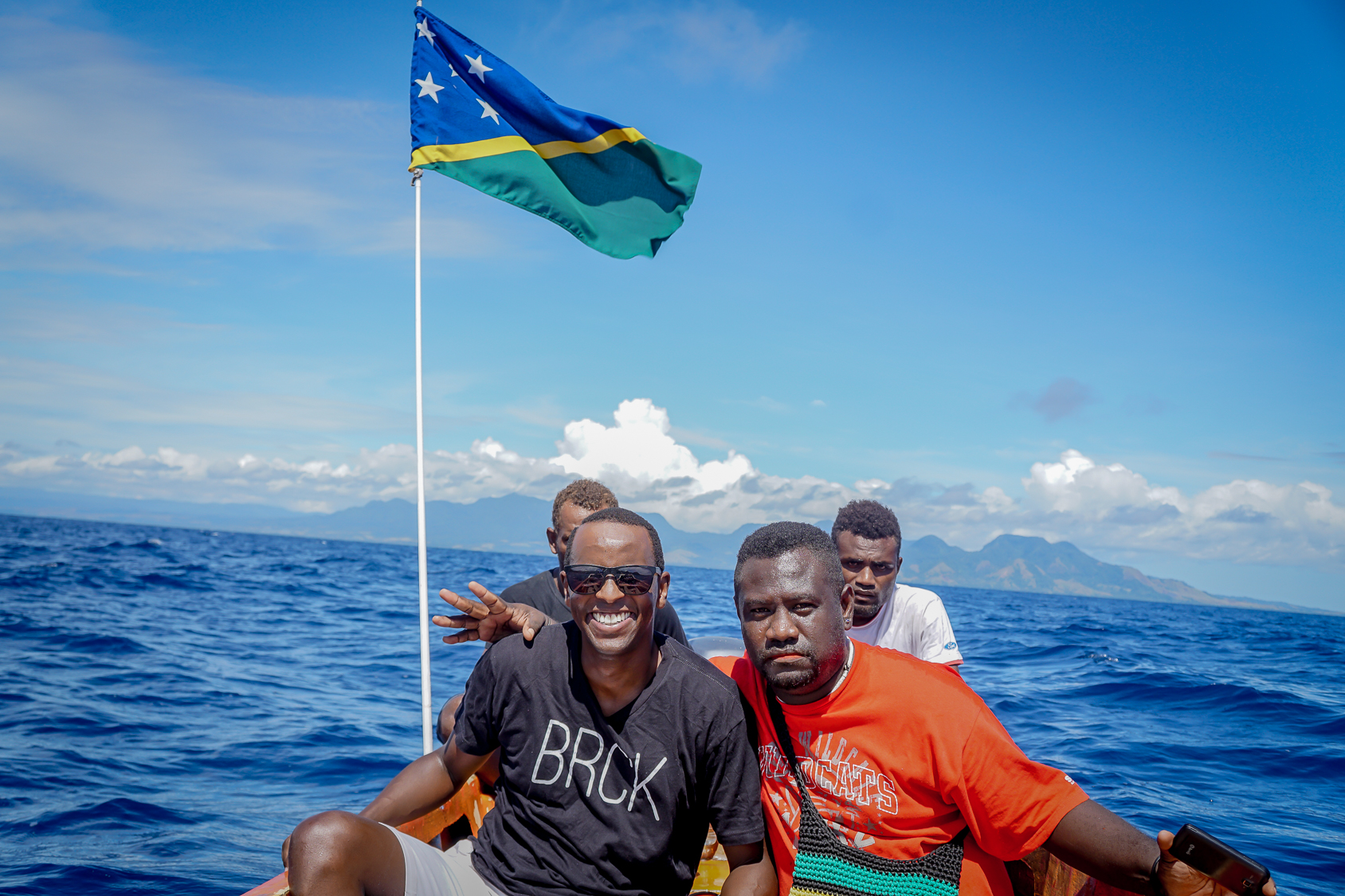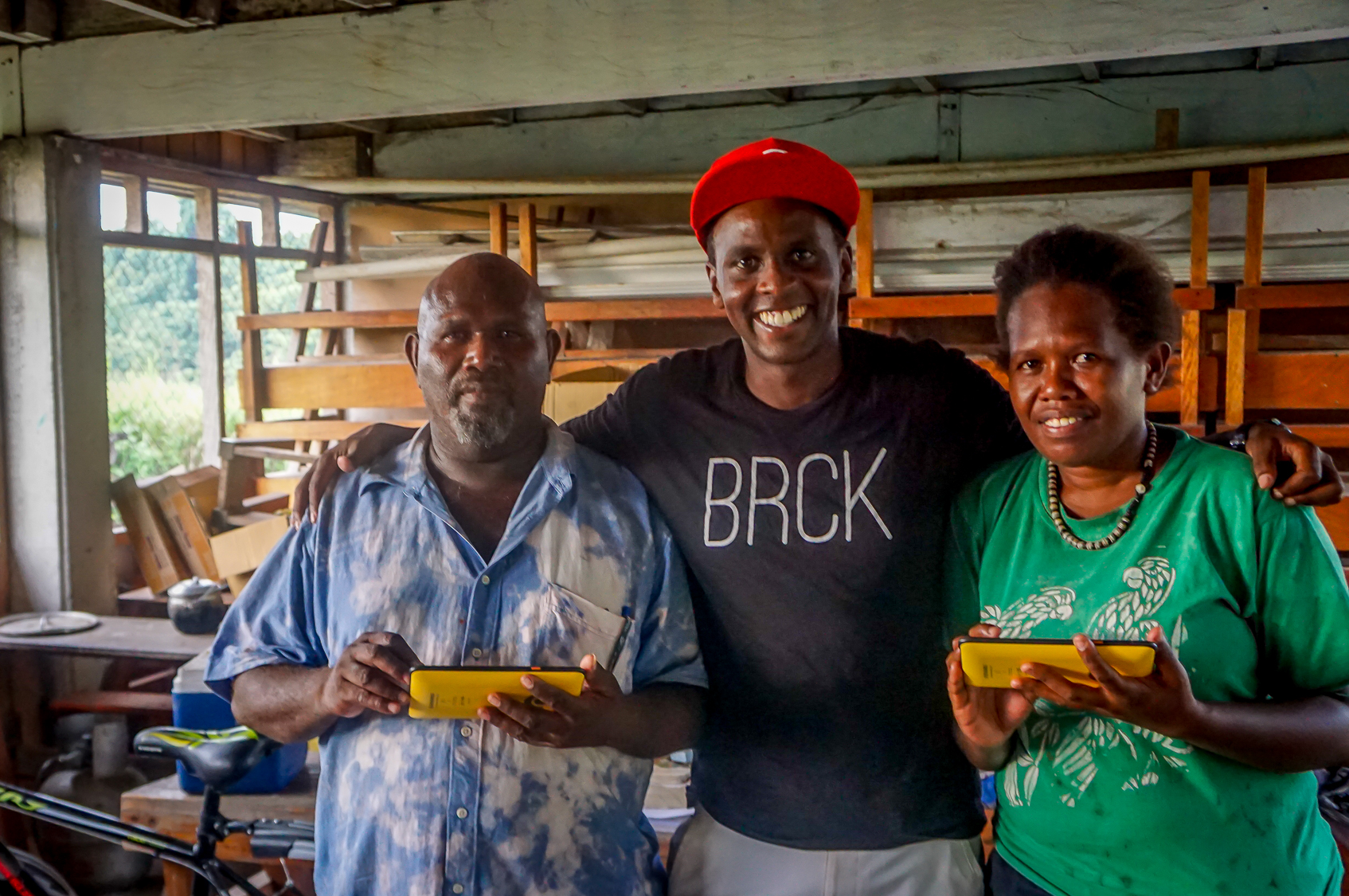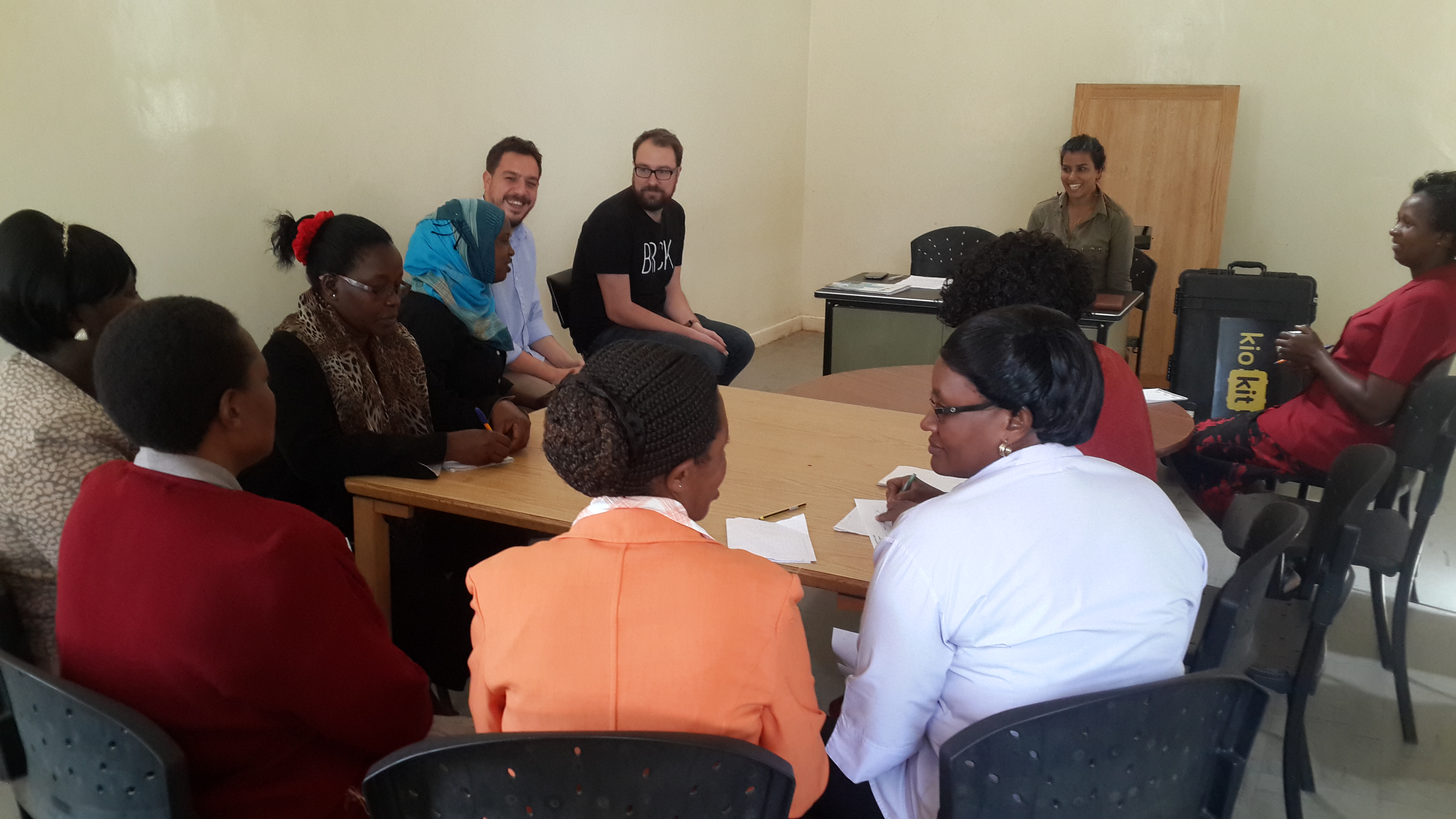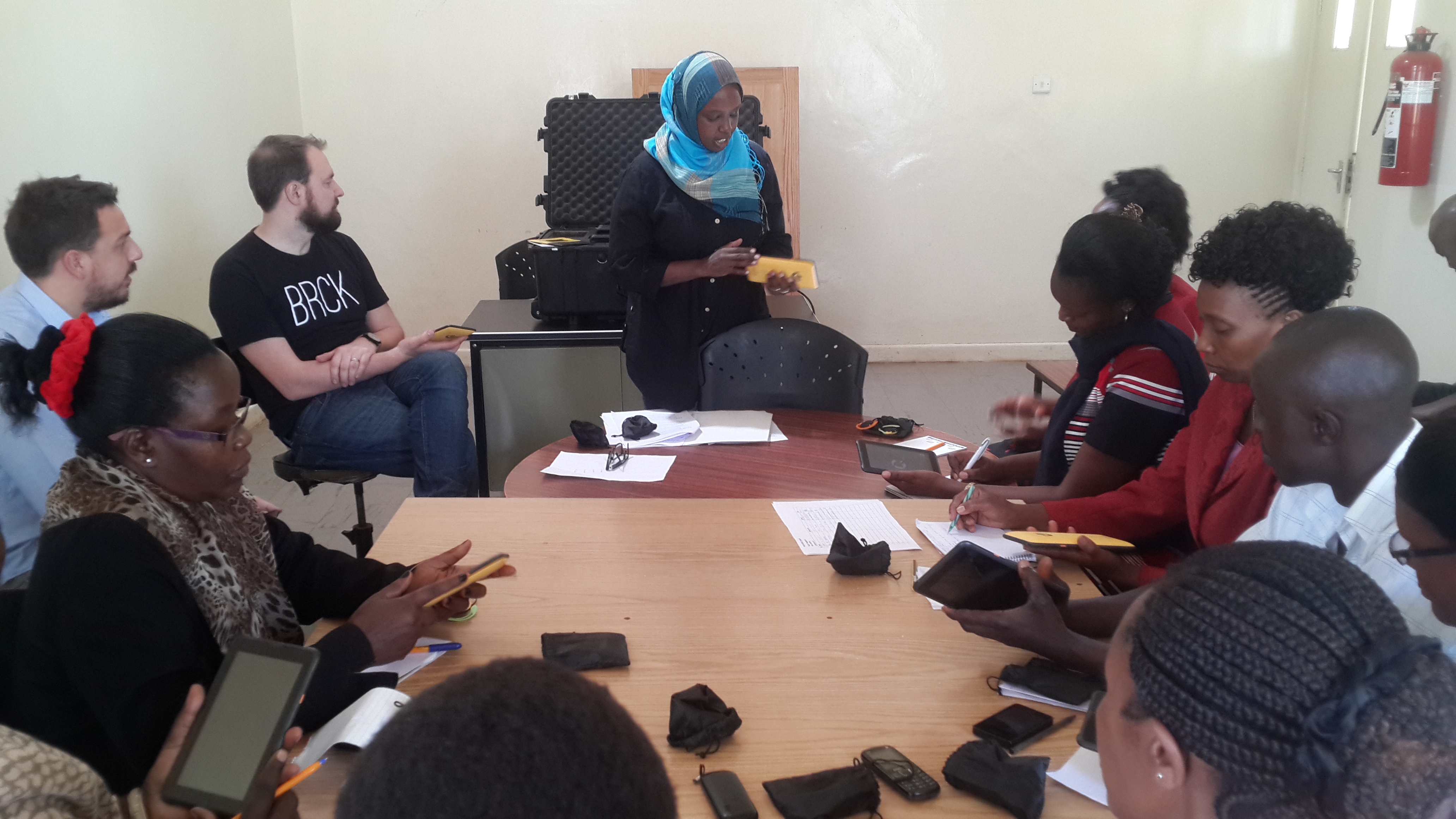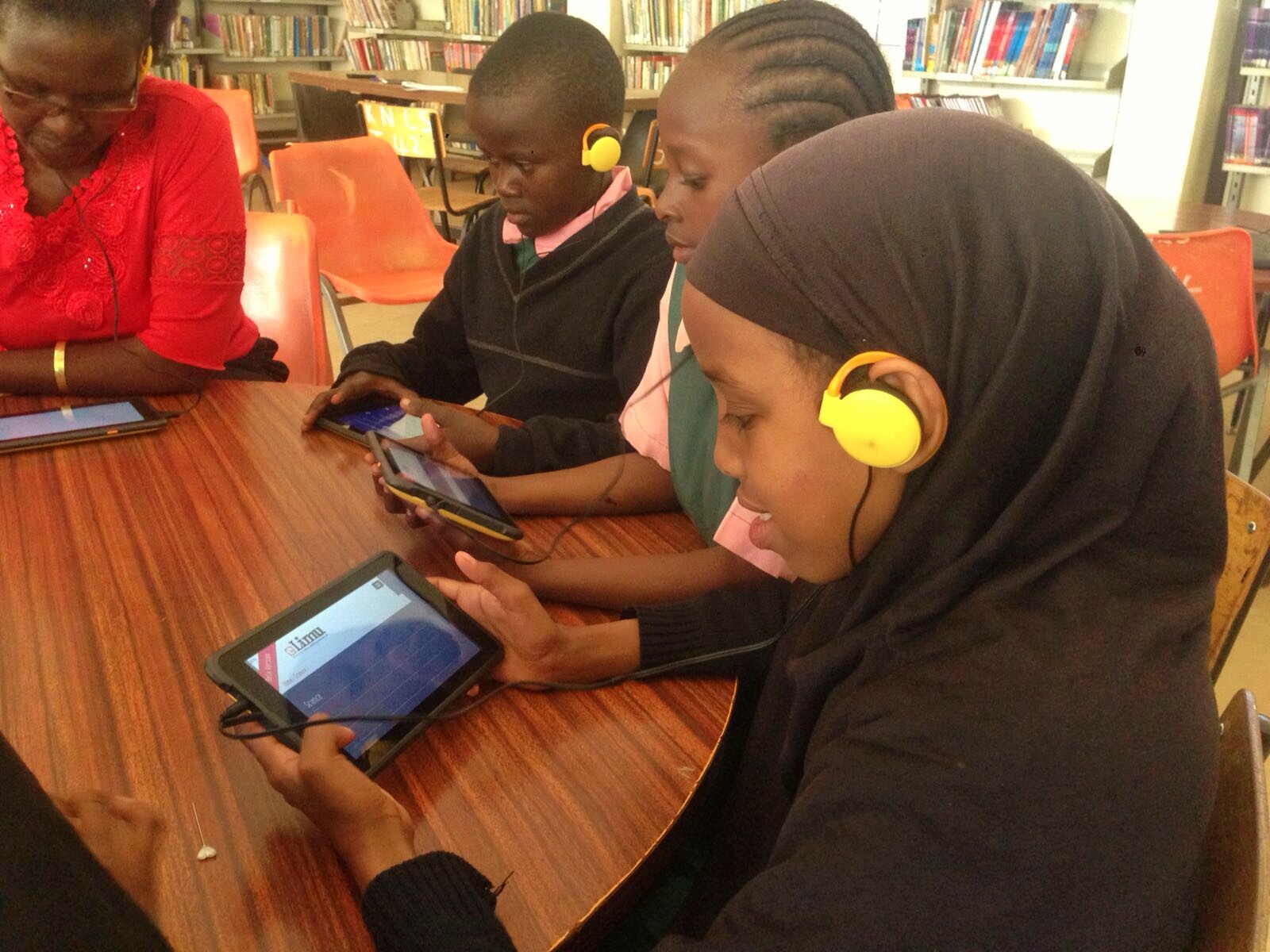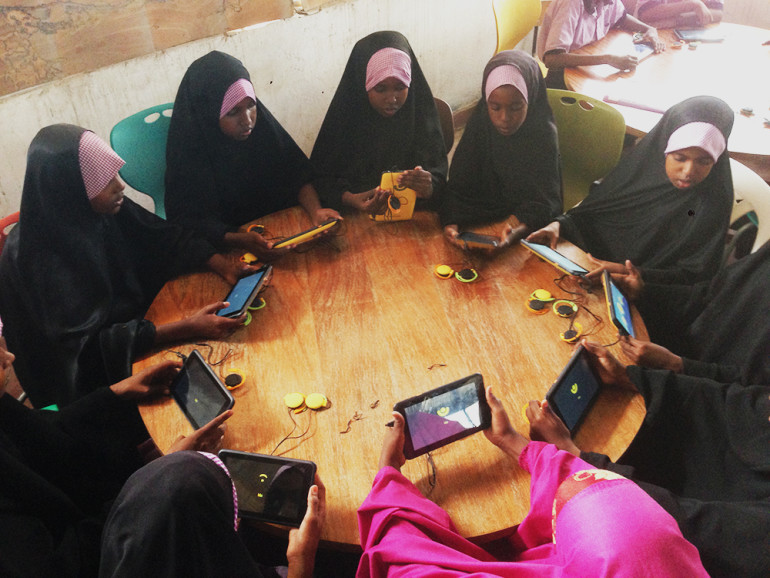
Wajir county has a population of 661,941 and an area of 55,840.6 km². Wajir County has only one local authority: Wajir county council. Somali people who are Muslim in culture and faith predominantly occupy it.

The purpose of coming here was to deliver a Kio Kit, our digital literacy kit to Wajir library in Wajir town. It is a Kenya National Library Service (KNLS) knls.ac.ke funded by Book Aid International. It is a community library serving over 20 schools and an immediate population of about 90,000. It is a vital source of knowledge, especially for school children who need revision time after school and on weekends.
The experience was definitely surreal from the beginning. We flew from Nairobi at 7:30 a.m in a small plane and arrived in Wajir an hour and a half later to a totally different world culturally. At the airport, we taxied in next to a fighter jet and a military land rover on one side; not too far ahead was 2 UN relief and medevac helicopters. Clearly an environment seemingly tense in the wake of terror attacks by Al shabaab given recent intelligence of possible attacks here. After a self-service language sorting experience, we grabbed the Kio Kit and were off in the back of a military style land cruiser pickup packed with more of us than it should carry with luggage space an afterthought. It clearly was normal here given how much ease the locals seemed to accept the arrangement. They are the only vehicles allowed into the airport. They ferry you out of the airport where your host or a taxi takes you into Wajir town.

When we arrived, we were received by Mariam, a nice lady in full Muslim attire in 36 degree Celsius heat. She shook my colleague Nivi’s, hand, but declined to shake the outstretched hand of my colleague Reg and I, (a religious and cultural no-no, we learnt). We clearly had come to a different cultural context, another extreme in our efforts to spread digital literacy across Africa. Every time we get to our new location, especially one far away from Nairobi, I think of the BRCK education vision and the fact that we are walking the talk.
‘‘Our vision is to enable millions of children in schools across emerging markets to access digital educational tools for better learning’’.
KNLS
The Kenya national library service sets up libraries countrywide. It is a noble unit of the government given the importance of access to knowledge for all. Book aid international complements these efforts by providing additional support to the libraries, this can be in form of books and in this case, the Kio Kit: the digital literacy kit from BRCK.

Digital literacy
I am old school. I like the smell, tactile feel of a physical book. But my sentiments are subjective. There are some generational interactional elements we cannot ignore when dealing with a multifaceted clientele, especially the youth: The influence of technology, aspirations, perspectives, and attention spans- the list is long. Even as deep as Wajir, the youth readily embrace technology and those who haven’t are likely to be curious about it. The question becomes;
- What does this mean for educational experiences we provide?
- What does this mean culturally and the economics of providing education in the 21st century Africa?
- What does this mean for how we are shaping the current generation to cope with the future as society evolves?
There are some basic arguments for inclusion of digital literacy right off the bat worth considering;
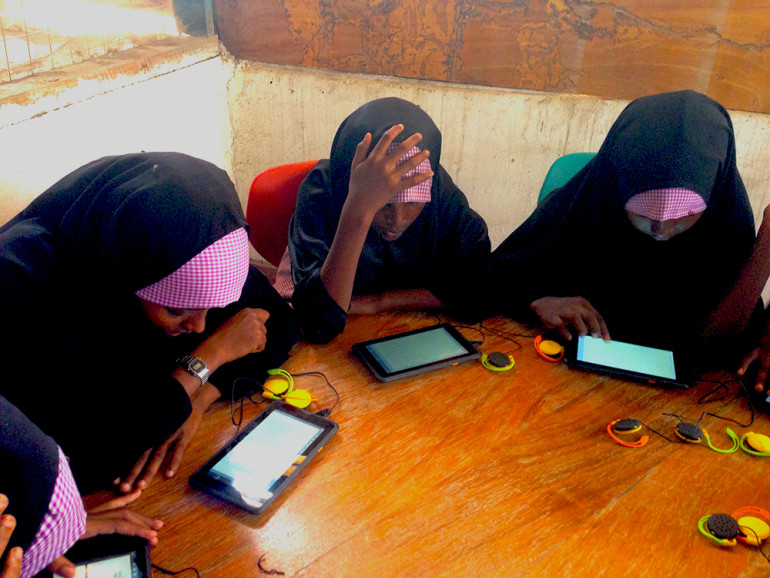
It makes sense
The amount of knowledge you can store in a tablet is simply amazing in relation to a traditional library. It is much easier to store, much easier to index and find and definitely, much easier to manage and reproduce this knowledge; It simply makes sense to complement traditional libraries with technology.
Informational bias
The informational landscape has changed immensely with the World Wide Web. The informational realities have evolved. The transfer of knowledge, sharing and enriching its intelligence has become almost instantaneous. While physical books are a valid custody for knowledge, they simply are no longer a sufficient custodians in today’s world. There is too much happening too fast for the medium.
Socio-cultural bias
One of the interesting observations in Wajir was the fact that being in a predominantly Muslim area, Christians have to study Islamic religious education since they don’t offer Christian education. This means you take IRE (Islamic Religious Education) classes. I couldn’t help but think it must be awkward to hold a bible here. The opposite is probably true in predominantly Christian areas. What then happens when a young girl needs to learn about ‘taboo’, sensitive or potentially embarrassing issues A physical book with a title giving away what you are reading can be a bit disconcerting. A tablet on the other hand presents an opportunity to easily deal with this subtle but important issue. You could easily read the Bible, Quran, puberty books without the same level of fear, especially in a public library where all the community go and come.
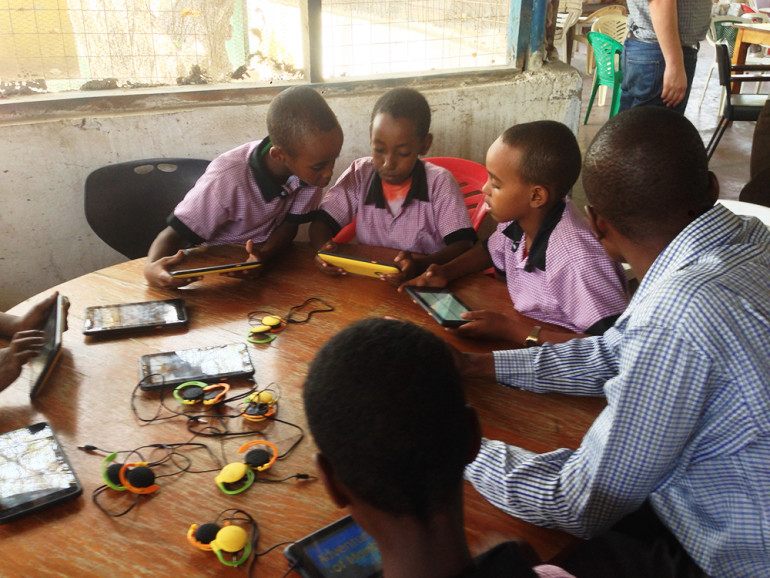
Intelligence empathy and experience bias
The traditional book library, noble an idea as it is, belies the fact that different people learn in different ways. The typical point of view is that if you are not good at sitting, cramming and chewing books you are academically challenged; an idiot. Imagine the effect this has on a young child. They grow feeling inept, self-doubtful and this severely limits their potential.
Studies show that with some; visual, auditory, or tactile/kinesthetic methods of learning significantly out-perform book and paper. This especially makes sense in African cultures where the practice of passing knowledge by fireside narratives, acting, dance and music still prevail. Imagine the limitation for students better suited for these methods when they are exposed to only the method of learning they are least equipped to deal with.
The Kio Kit provides an opportunity to combine the different ways of learning; visual, auditory, or tactile/kinesthetic. The kit becomes a crucial pathway for the many who can explore alternative ways of learning empathetic to peoples’ dispositions. Imagine the opportunities this creates for the education experience as a whole. This is a chance to truly revolutionize the education landscape in Africa, one school at a time.
 Zadock bringing the Kit in
Zadock bringing the Kit in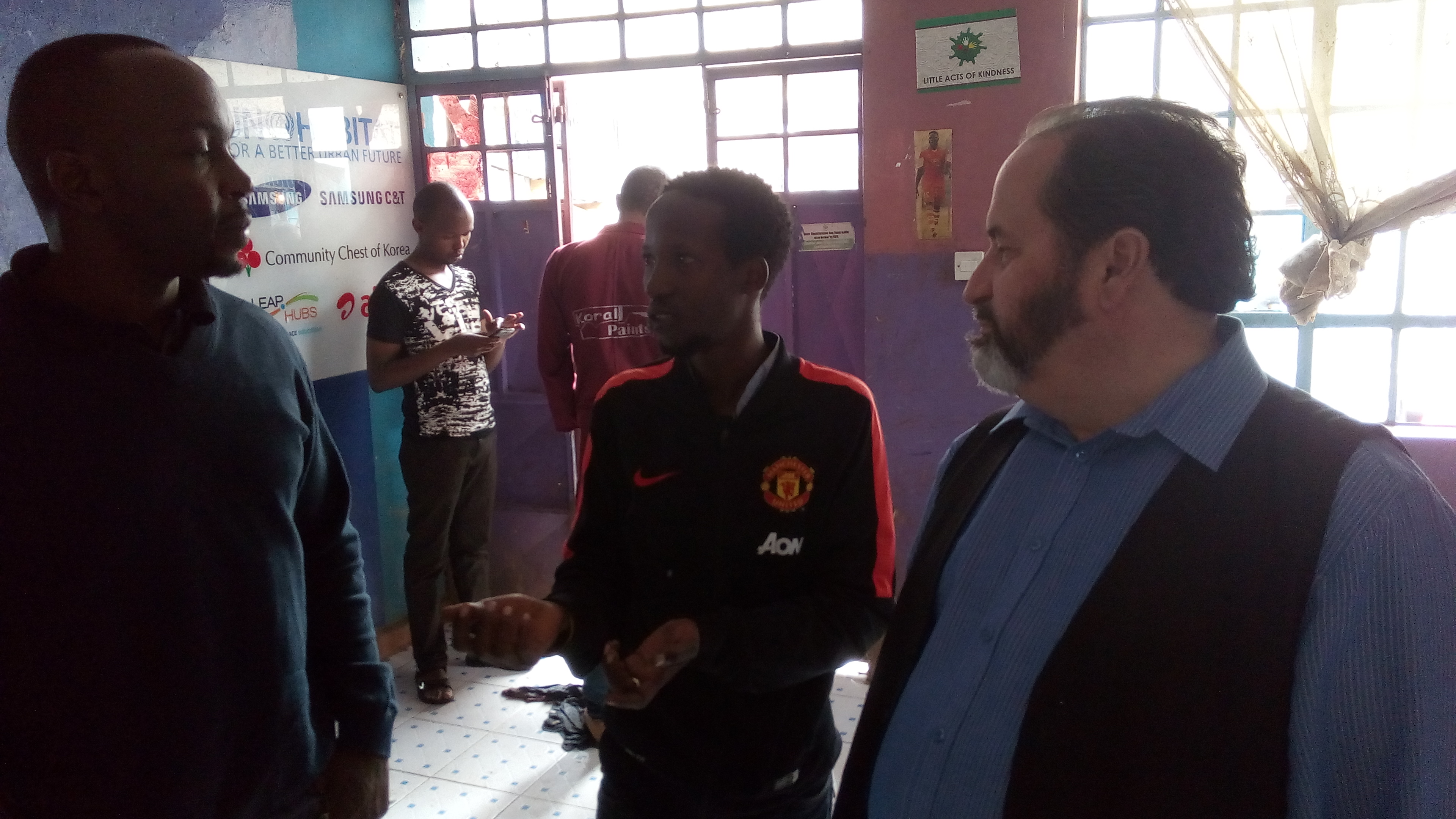 Left-to-Right – Alex, Isaac, Doug
Left-to-Right – Alex, Isaac, Doug
 Written on the wall is “elimu ni haki” (Education is a right).
Written on the wall is “elimu ni haki” (Education is a right).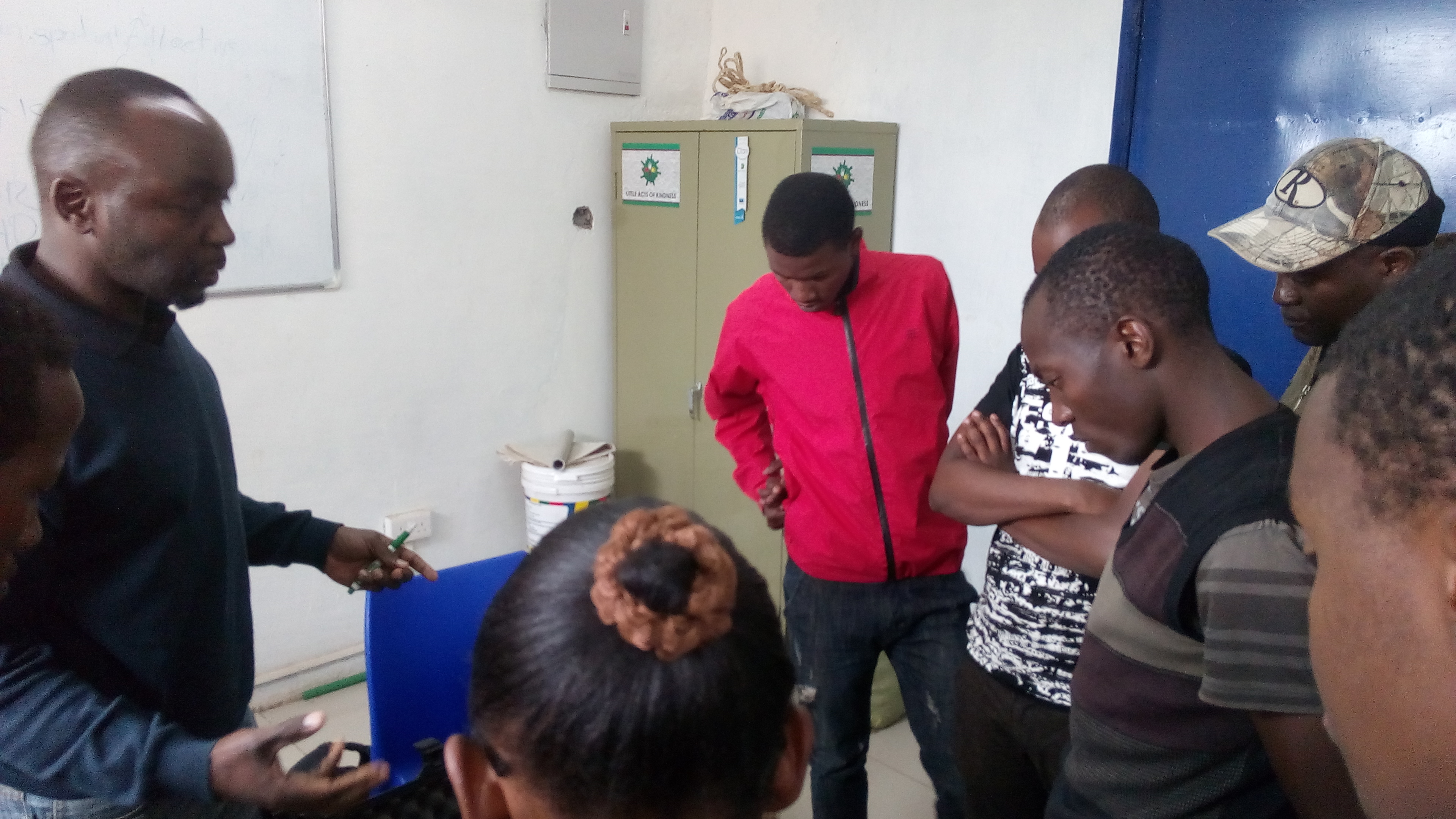 Alex explaining the Kit
Alex explaining the Kit
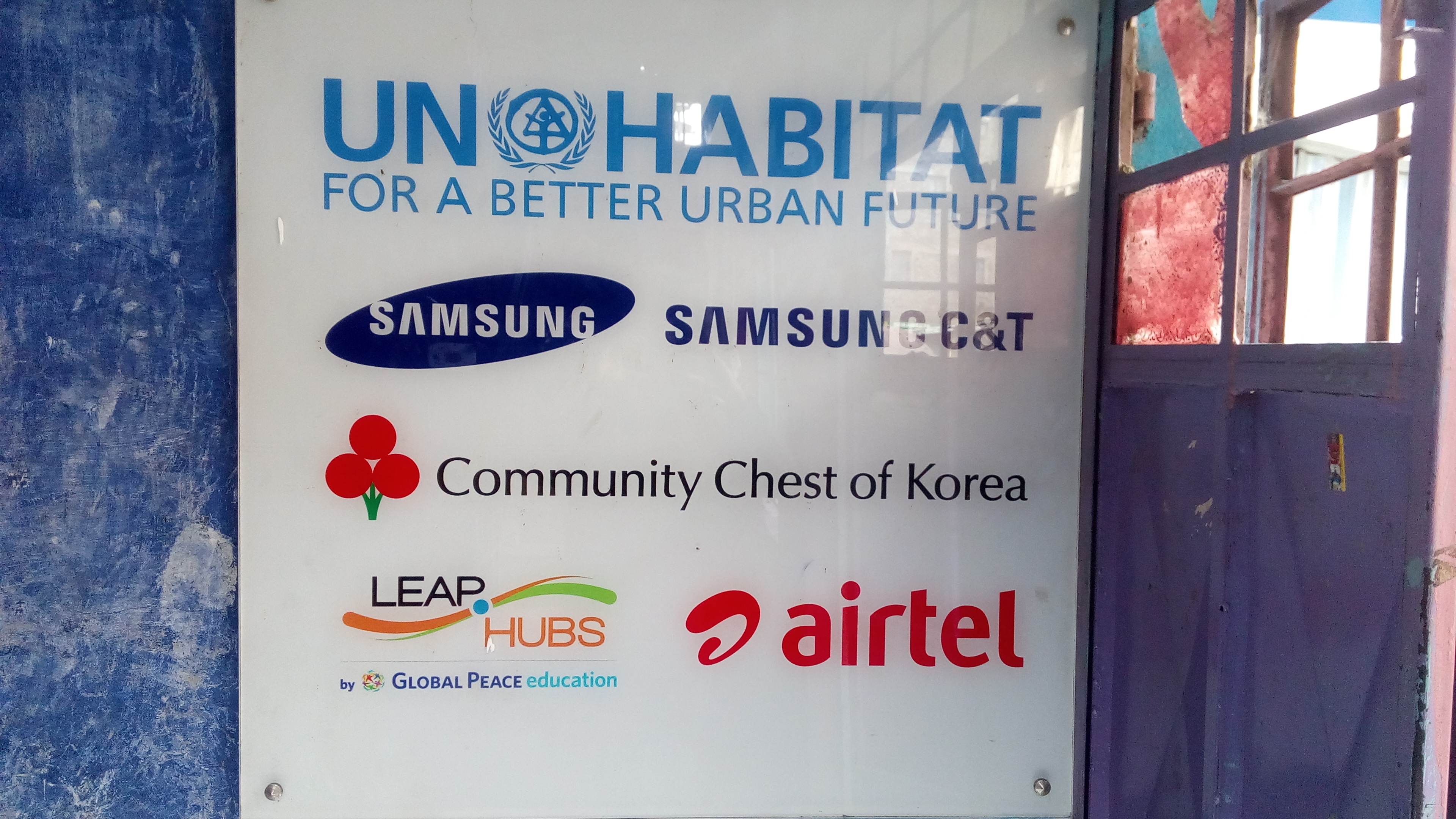



 The Kio Kit
The Kio Kit A teacher with the Kio tablet
A teacher with the Kio tablet